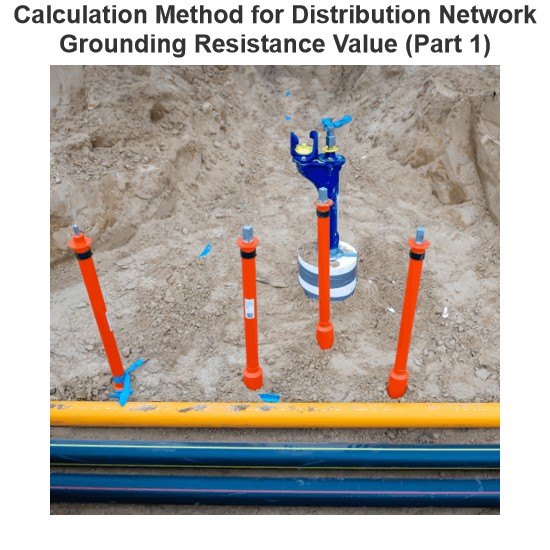What is the purpose of series compensation in reducing capacitance in overhead lines?
Series compensation in power systems is primarily used to reduce the capacitive effects of transmission lines, thereby improving the transmission capacity and stability of the lines. Here are the main purposes and functions of series compensation:
1. Increase Transmission Capacity
Capacitive Effect: Long-distance overhead transmission lines exhibit significant capacitive effects, leading to increased charging currents, which limit the transmission capacity of the lines.
Series Capacitors: By inserting capacitors in series with the transmission lines, part of the inductive reactance of the lines can be offset, reducing the total impedance of the line. This allows more active power to be transmitted through the line, thereby increasing the transmission capacity.
2. Improve Voltage Stability
Voltage Drop: Under heavy load conditions, the voltage drop along long-distance transmission lines can be substantial, leading to lower voltage levels at the receiving end.
Voltage Support: Series capacitors can reduce the voltage drop along the line, thereby improving the voltage level at the receiving end and enhancing voltage stability.
3. Enhance Transient Stability
Transient Response: Sudden changes in load or faults in the power system can lead to unstable transient responses.
Fast Response: Series capacitors can speed up the transient response of the system, improving transient stability and reducing the impact of faults on the system.
4. Reduce Reactive Power Demand
Reactive Power: The capacitive effects of long-distance transmission lines increase the demand for reactive power, which consumes transmission capacity.
Reactive Compensation: By using series capacitors, the reactive power demand can be reduced, freeing up more transmission capacity for active power transmission.
5. Optimize System Frequency Response
Frequency Stability: The frequency stability of the power system is crucial for overall system performance.
Frequency Regulation: Series capacitors can improve the frequency response characteristics of the system, helping to maintain frequency stability.
Implementation Methods
Series Capacitors: Fixed series capacitors (FSC) or controlled series capacitors (CSC) are typically used to achieve series compensation.
Fixed Series Capacitors (FSC): Provide a fixed capacitance value, suitable for stable transmission conditions.
Controlled Series Capacitors (CSC): Can dynamically adjust the capacitance value based on system needs, providing more flexible compensation effects.
Summary
Series compensation reduces the capacitive effects of overhead lines, increasing transmission capacity, improving voltage stability, enhancing transient stability, reducing reactive power demand, and optimizing system frequency response. These improvements help enhance the overall performance and reliability of the power system.
The Electricity Encyclopedia is dedicated to accelerating the dissemination and application of electricity knowledge and adding impetus to the development and innovation of the electricity industry.













